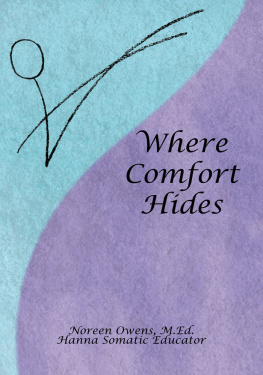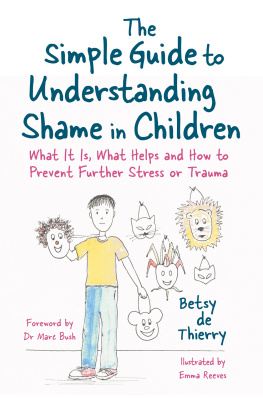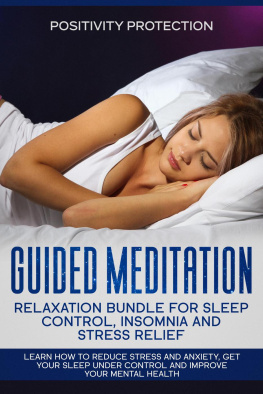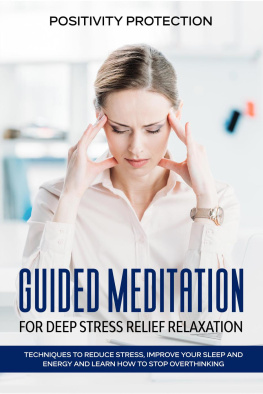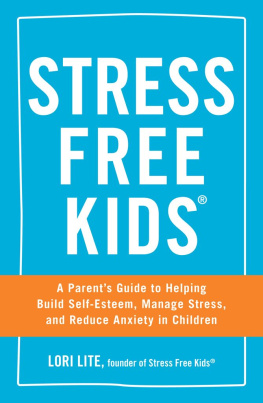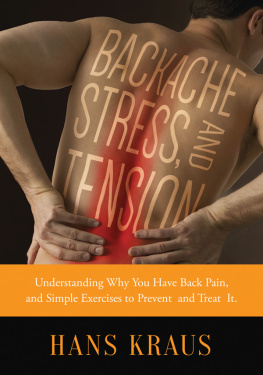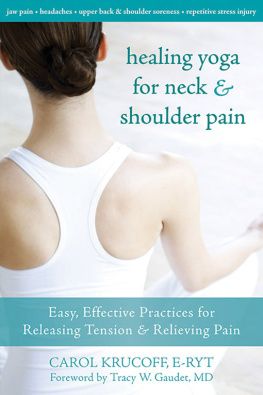Where
Comfort
Hides
ENGAGE YOUR BRAIN TO RELIEVE PAIN
~ somatic movements for all ages ~
Noreen Owens, M.Ed.
Hanna somatic educator
Copyright 2009 by Noreen Owens, M.Ed.
To contact author visit www.owensomatics.com
Library of Congress Control Number: | 2008909744 |
ISBN: | Hardcover | 978-1-4363-8082-9 |
Softcover | 978-1-4363-8081-2 |
Ebook | 9781462817603 |
All rights reserved. No part of this book may be reproduced or transmitted in any form or by any means, electronic or mechanical, including photocopying, recording, or by any information storage and retrieval system, without permission in writing from the copyright owner.
The information and exercises in this book are not intended to be medical advice. If serious pain arises during or after the movements, the pain may not be related to sensory motor amnesia, and you should consult your doctor immediately.
Cover design by Noreen Owens
All pose illustrations 2008, Tim Gaudreau
All medical illustrations 2008, Tim Gaudreau
www.timgaudreau.com
Authors photo by Dean Merchant
Models: Eliza Liponis, Olivia Liponis, Tucker Owens
Edited by Rachel Goldenberg
Case studies gave permission to use their names.
This book was printed in the United States of America.
To order additional copies of this book, contact:
Xlibris Corporation
1-888-795-4274
www.Xlibris.com
Orders@Xlibris.com
44444
CONTENTS
This book is dedicated
To
John seed
Acknowledgments
First, I thank Greg Hooker, the massage therapist who introduced me to the field of somatics. And thank those who took the time to read my manuscript and provide valuable feedback on this project in its various stages of becoming: Cynthia Prairie, Peter Poor, Ken Faggiano, Pam Merchant, and Atlanta McIlwraith.
I thank Eileen Liponis for allowing her two beautiful daughters, five-year-old Eliza and eight-year-old Olivia, to be the models for this book. Both approached the photoshoots with an air of professionalism that surpassed their experience. And thanks to my son Tucker, for his willingness to be photographed for this book.
My appreciation to Tim Gaudreau, whose calm demeanor and expertise made Part 2 effortless for me. Special thanks to Rachel Goldenberg, whose editing was invaluable to me throughout the writing of this book.
Preface
Despite a lifetime of healthy eating, regular exercise, and a daily yoga practice, a vague discomfort settled into my body during my early forties. My breathing was restricted. I felt as if I could not get enough air. After undergoing a series of chiropractic treatments, I felt some improvement. However, during the next two years, my discomfort escalated to include back spasms, aching legs, foot pain, and numbness down my left arm. I began a weekly regimen of deep tissue massage, but the relief I experienced from the massage was temporary. I even convinced my doctor to prescribe muscle relaxants so I could sleep. I could not imagine what I had done to cause any of this pain. My search for relief ended when a massage therapist handed me the book Somatics: Reawakening the Minds Control of Movement, Flexibility, and Health by Thomas Hanna.
Hanna wrote about the effects of stress, anxiety, injury, surgery, and trauma on the muscles. He explained how we lose control over our muscles when muscular tension becomes habitual. This causes stiffness, aches, and pain that can be relieved only by relearning how to feel the muscles. I tried the somatic exercises described in Hannas book, and felt immediate relief that lasted for weeks. I repeated the lessons whenever the back spasms returned. After a particularly stressful event, my back locked up and I could barely walk. I followed the simple instructions described by Hanna, and I could walk with greater ease by the next day. That is when I decided to learn more about Hanna Somatics.
Thomas Hanna was a philosophy professor at the University of Florida. He also taught yoga classes there. Legend has it that so many students turned out for his yoga classes that he had to move them to a football field. His interest in freedom of the mind extended to freedom of the body. This led him to explore the field of somatics, an approach to the mind-body as experienced by the human, rather than the objective approach of medical science.
The work of Moshe Feldenkrais and Hans Selye captivated Hanna. Feldenkrais was an Israeli physicist who developed the somatic approach to body re-education known as Functional Integration and Awareness Through Movement. Dr. Selye was the endocrinologist whose pioneering research revealed that the bodys emotional responses to stress cause much illness and disease.
Hanna studied, researched, and worked with pain patients for fifteen years, building upon the work of both Feldenkrais and Selye. As a result, he identified three muscular reflexes that commonly become habituated in the center of the body and cause chronic pain. These reflexes are triggered by stress, anxiety, trauma, and injury. In addition, Hanna developed a hands-on treatment for restoring freedom to the center of the body, as well as a series of somatic exercises designed to relieve and prevent these muscular reflexes from becoming habitual.
In the summer of 1990, Thomas Hanna offered the first training session in Hanna Somatics. Tragically, on the eve of the last day of the training, he died in an automobile accident. His students carry on his important work.
The information and somatic exercises explained in this book are based on my experience of the work of Thomas Hanna, founder of Hanna Somatics and the Novato Institute in Novato, California, where his work continues to be taught.
Introduction
As a Hanna Somatic Educator, I have spent the last six years helping adults understand how their back and joint pain is caused by their inability to feel, and thus release, their tight muscles. People simply dont understand that they cannot feel their own body. It is difficult to believe that lack of awareness can cause stiffness, aches, and pain. And it is difficult to understand that the treatment requires paying attention to the feeling of movement.
In 2005 I had the opportunity to guide my sons cross-country team through a series of somatic movements. I was excited by the prospect of teaching these young people techniques to prevent back pain from developing later in life. I was shocked to find that most of these twelve-, thirteen-, and fourteen-year-olds were already experiencing back, neck, and joint pain.
Months later, I met with a group of asthmatic children, and their parents, hoping to teach these five- to ten-year-olds how to improve their breathing. Once again, I was shocked to learn that these young children were already experiencing back, neck, and shoulder pain. I taught them a brief movement routine and instructed the parents to help their children perform these simple movements at bedtime and first thing in the morning. In my follow-up calls, I was dismayed to discover that not one of the parents had taken the time to monitor his or her child for the few minutes it would take to establish a healthy breathing habit.
These two experiences brought me to the conclusion that somatic education must be taught in childhood. Physical education classes focus on movement, stretching, and strengthening to maintain and improve control over muscles. Maintaining range of motion in the spine and joints requires the ability to prevent the accumulation of muscular tension. Preventing and releasing tight muscles requires the self-awareness to feel the internal sensation of movement. Without this sensory self-awareness, our ability to release muscular tension is compromised. Somatic movements engage the brain to reinforce the sensory awareness needed to maintain genuine control over the muscles.
Next page
